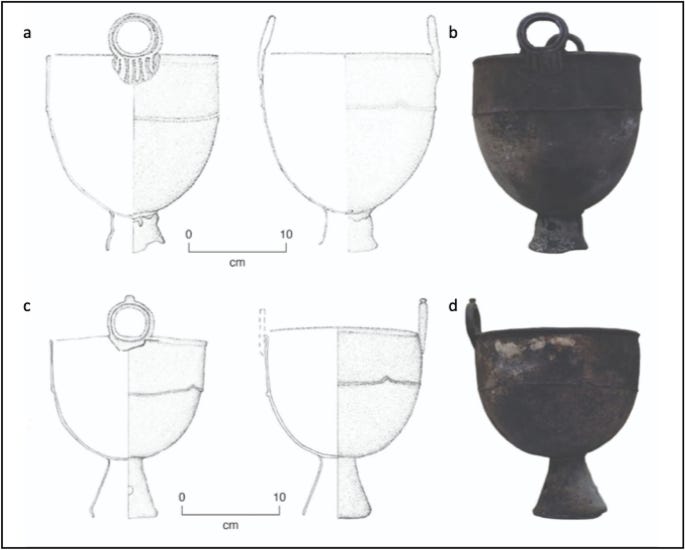ANCESTRAL EATING: Blood Sausages and Yak's Milk
Sounds like a nice breakfast to me!
Welcome back to ANCESTRAL EATING. It’s been a little while. I’m going to be rounding off this long-running series soon, tying off the loose ends, before I start a new series.
At present, I think the new series is going to be about estrogenic substances—everything from BPA and PFAS and other nasty chemicals to substances like advanced glycation end-products in processed foods. The aim will be to provide a comprehensive education about what estrogen is, what estrogen-like substances (xenoestrogens) are, and how you can protect yourself against them. I’ll also include a kind of “REN pledge” with the series, where I’ll come up with various tiers of commitment you can aim for in reducing your body’s burden of estrogenicity. I’ll be drawing inspiration from the book Estrogeneration, which is a pretty good book, but I think it’s lacking in certain respects and could do with updating and expansion. I may even compile the series in a book. We’ll see. Let me know in the comments if you like the sound of this new series.
Anyway, today I’m going to tell you about an interesting new study that reveals what Mongols on the Bronze Age steppe were eating.
A new study in the journal Nature shows that Bronze Age Mongols were preparing blood and yak’s milk in large copper cauldrons.
Ancient metal cauldrons have been found widely dispersed across the Eurasian steppe and into the Caucasus. Now, through new proteomic analysis techniques, scientists are able to analyse food residues within the vessels and discover what was being prepared in them. Analysis of a cauldron from the Bronze Age Caucasus, for example, shows the presence of meat, blood and milk, probably for the cooking of a stew.
In the present study, the authors extracted protein samples from two Bronze Age cauldrons from eastern central Mongolia.
We hypothesised that each cauldron would contain evidence of tissues from domesticated animals, such as ruminants or equines, as these were commonly herded in the northern regions of Mongolia. Both primary (muscle, blood) and secondary (milk) product use was common during the Bronze Age, providing the potential to identify various types of foods and beverages.
The analysis showed that the cauldrons were used for the collection of animal blood, but also were used to capture milk. The milk peptide structures suggest multiple species of ruminants, meaning the ancient Mongols could have been milking yaks, cows, sheep or goats, or some combination of them.
As far as their specific use is concerned, the cauldrons may have been used to prepare blood sausages.
The primary findings of blood and blood-related proteins within both samples from each cauldron clearly demonstrate the collection of ruminant blood from multiple species. While it is possible that blood could have been collected for raw consumption or ritual purposes, we believe that it is more likely an aspect of food preparation. The use of these vessels as containers for collecting and holding blood aligns well with how blood sausages are made in modern food processing. Today, after the slaughtering of livestock, their blood is collected in plastic or metal bowls, other ingredients are added to the blood, including chopped liver or vegetables, and this mixture is poured into intestines that act as casing for the blood sausage. The species from which the blood derived is consistent with the animal species herded and kept in Northern Mongolia during the Late Bronze Age, as ruminants were widely kept as parts of large pastoral herds.
While there are various references in ancient texts to the consumption of blood by pastoral communities on the eastern Eurasian steppe, mainly from Chinese writers, but they give little idea of how the blood was extracted or prepared.






